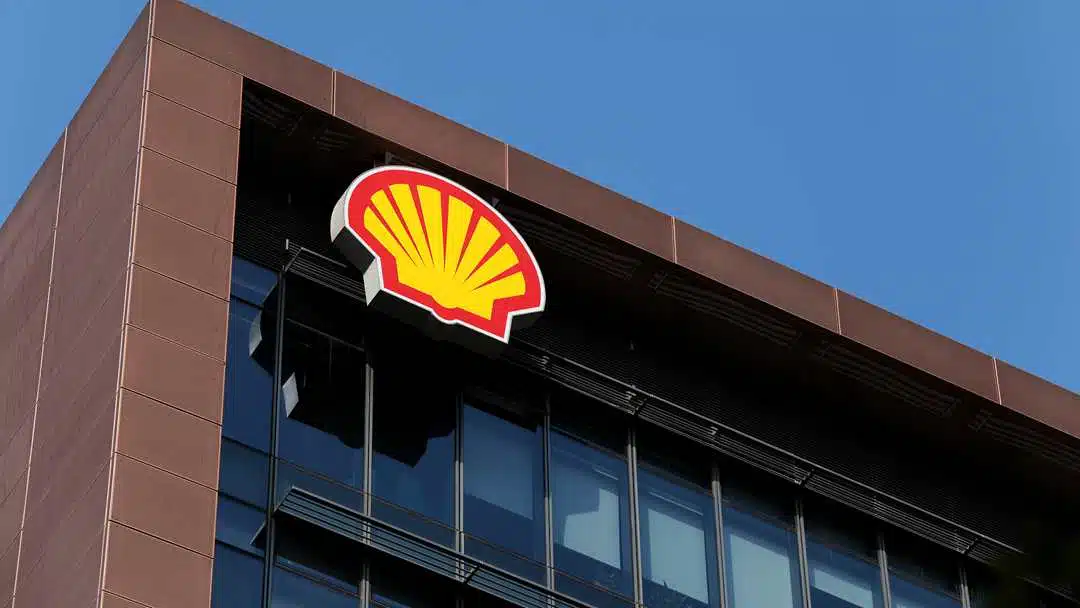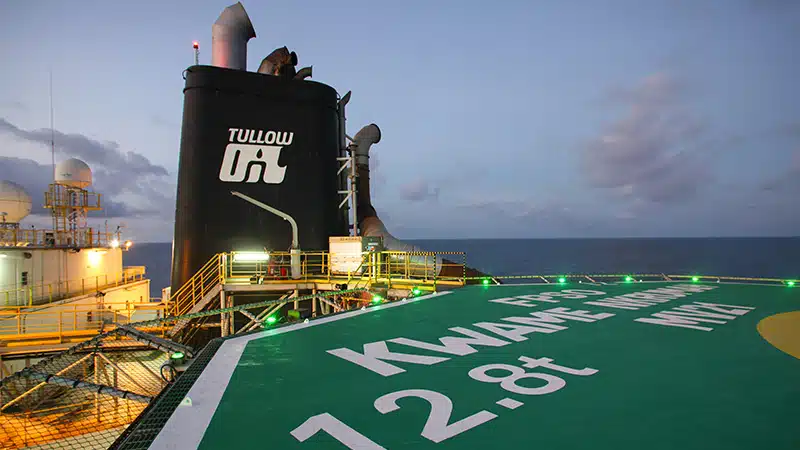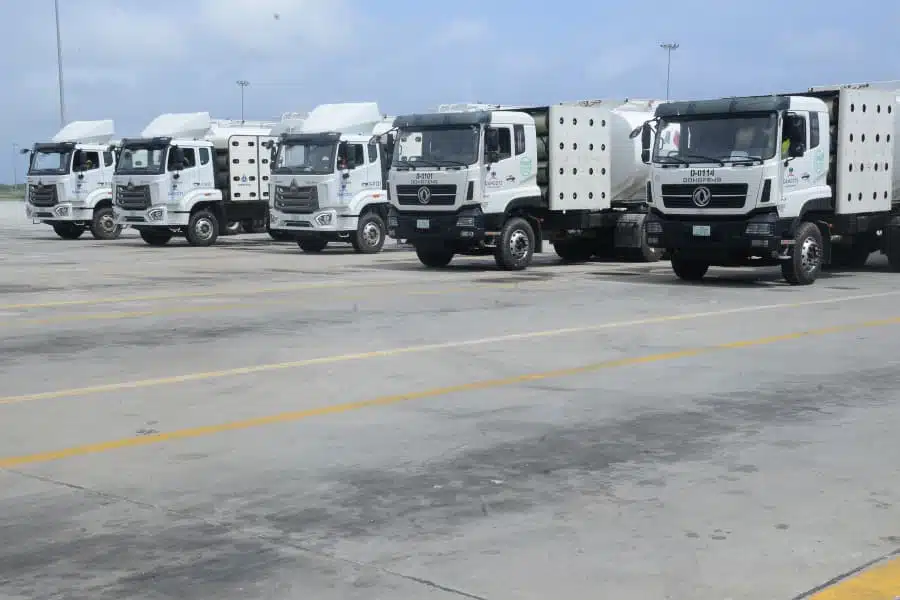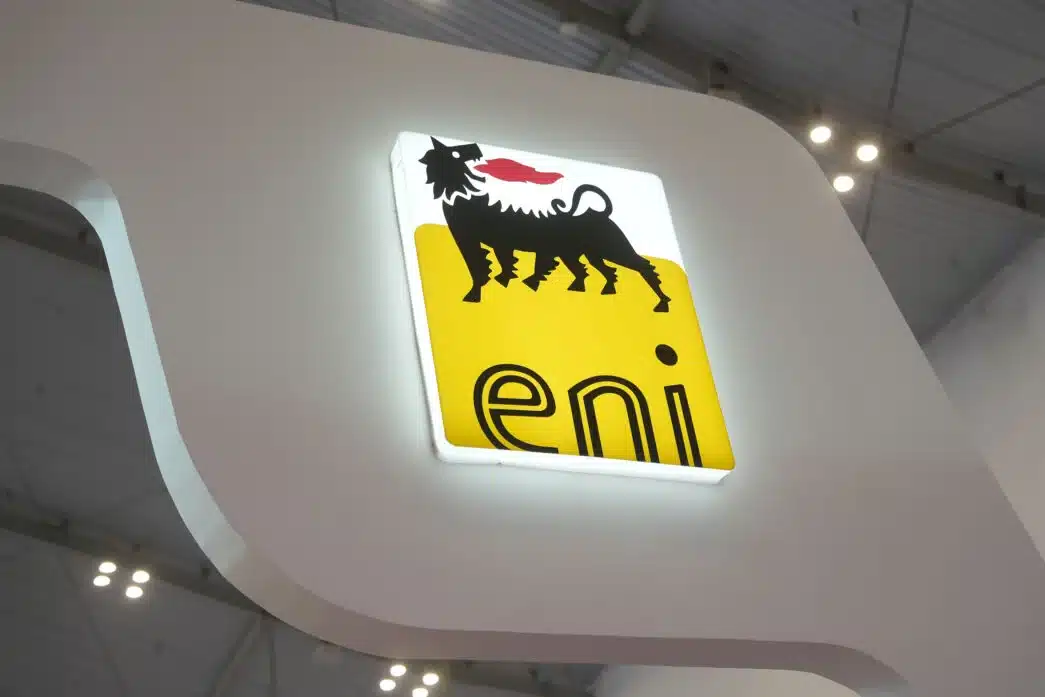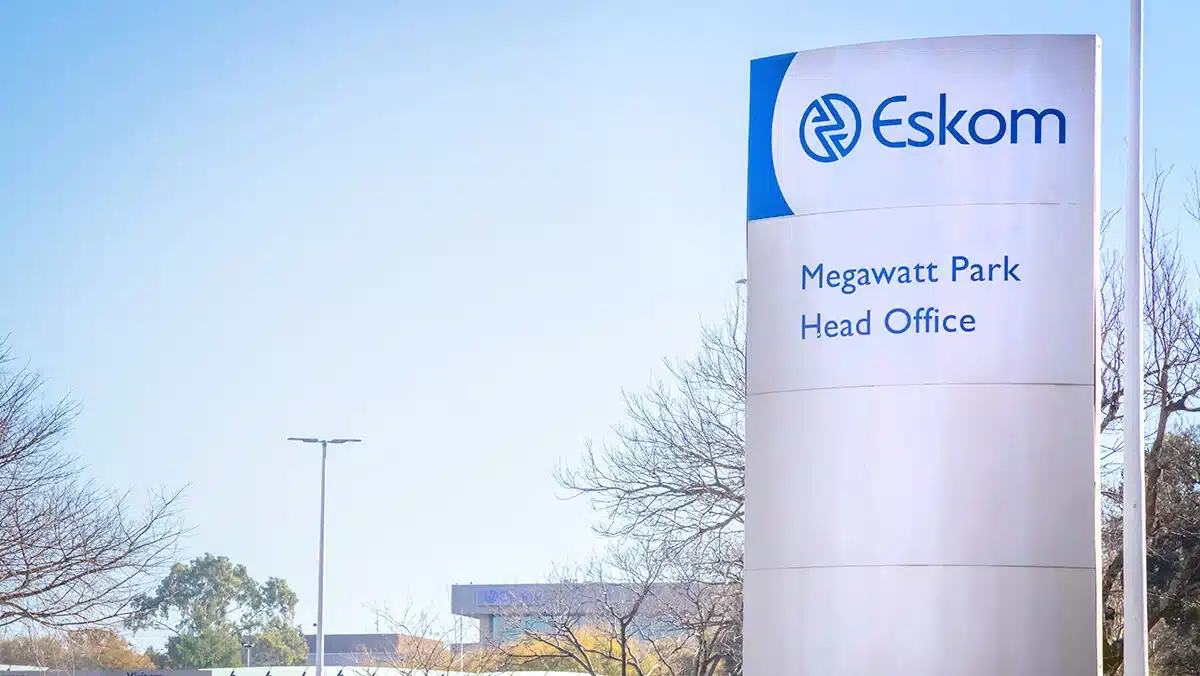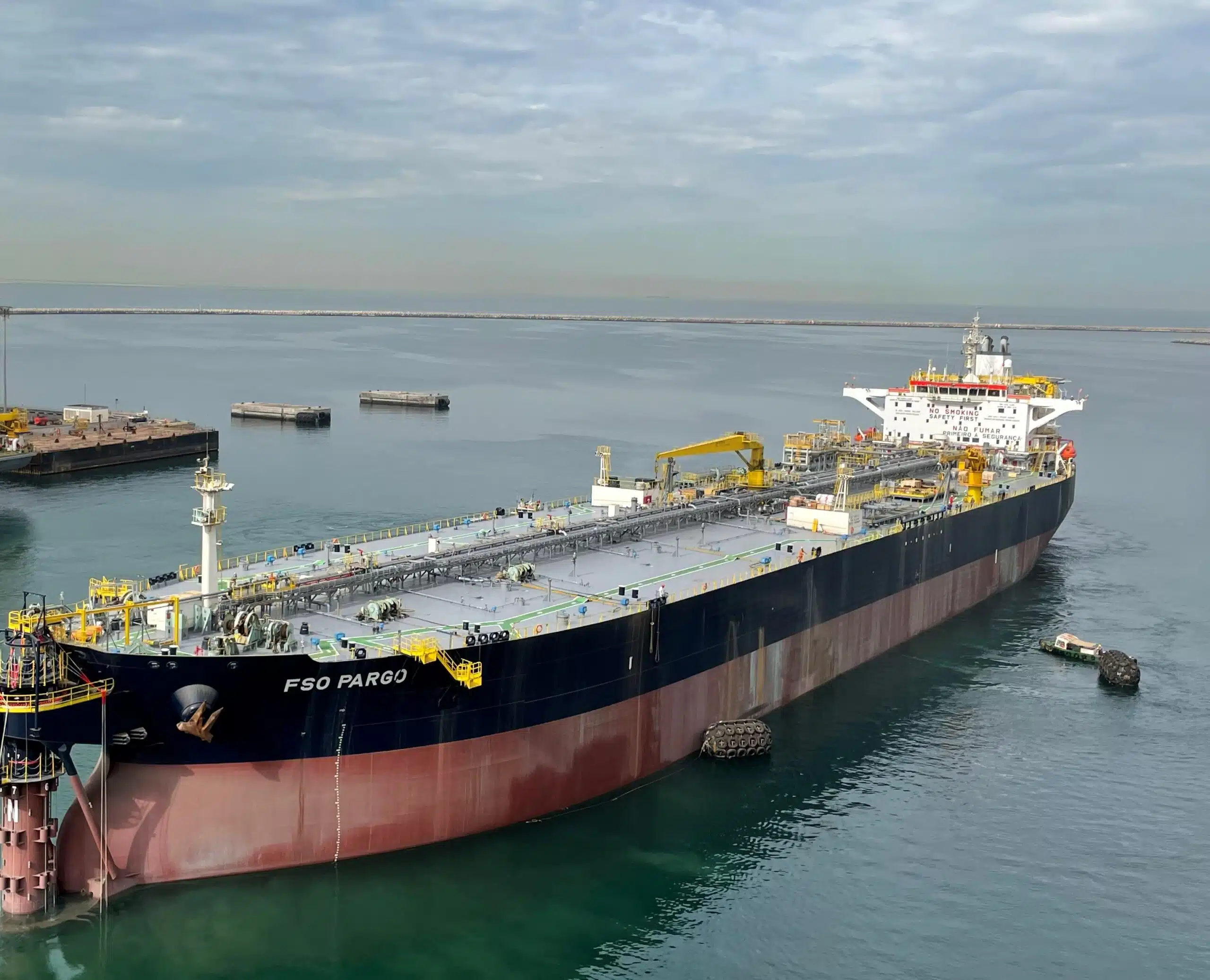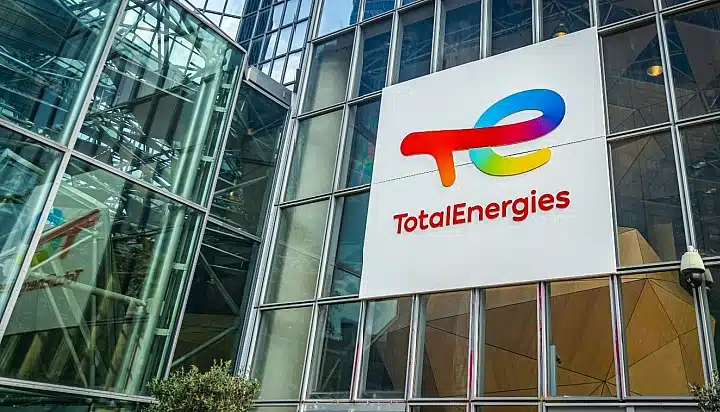Shell Plc has revealed that ongoing projects in Nigeria are among several global developments set to contribute to its plan of adding up to 12 million metric tons of liquefied natural gas (LNG) capacity by the end of this decade.
Speaking at Wood Mackenzie’s Gas, LNG and the Future of Energy Conference in London on Wednesday, Cederic Cremers, Shell’s President of Integrated Gas, mentioned the company’s ongoing projects in Nigeria alongside Canada, Qatar, and the UAE as critical locations for this expansion.
“(There is) up to 12 million tons of additional (LNG) capacity that we’re adding between now and the end of the decade,” Cremers said.
“That is not an ambition. Those are all projects that are currently in construction,” he emphasized.
According to Cremers, this includes one project in Canada, two in Qatar, and others in Nigeria and the UAE, all of which are actively under development.
Shell’s global gas growth strategy
Shell aims to grow its combined integrated gas and upstream production by 1% annually through 2030, a part of its long-term strategy to secure supply for growing global demand.
Industry analysts note that Shell, already the world’s largest LNG trader, currently purchases around 70 million metric tons of LNG annually through its Shell LNG Marketing and Trading arm.
According to Shell’s official data, the company supplied nearly 65 million tonnes of LNG to over 30 countries worldwide in 2024, showcasing its far-reaching influence in the global energy market.
Strategic gas operations in Nigeria
In Nigeria, Shell’s gas operations are anchored through its subsidiary, Shell Nigeria Gas (SNG), which manages key assets and infrastructure for gas production and distribution.
One of its major holdings is a 25.6% stake in Nigeria LNG (NLNG) Limited, alongside other stakeholders: NNPC (49%), TotalEnergies (15%), and Eni (10.4%).
NLNG operates from Bonny Island and runs six liquefaction trains that collectively produce 22 million tonnes of LNG annually.
Nigeria accounts for 7% of global LNG supply through this facility.
The company is currently executing an expansion project—Train 7—which, once completed next year, will boost Nigeria’s LNG output by over 35% to 30 million tonnes per year, significantly contributing to Shell’s global capacity targets.
Beyond NLNG, SNG also operates regional gas distribution networks across Nigerian states, including Ogun, Rivers, and Abia.
Additionally, Shell recently committed to a $5 billion final investment decision (FID) on Bonga North, an extension of the main Bonga field, where it currently produces 150,000 mmcf/d of gas.
Meeting global demand through diverse supply channels
Cremers said Shell’s supply strategy involves both acquisitions and partnerships, referencing the recent Pavilion Energy deal in Singapore and supply agreements with third-party producers.
He also noted that by 2030, the US and Qatar will contribute 60% of the world’s new LNG supplies, while demand will continue to be driven by Asian economies and gas-intensive industries.
This outlook aligns with Shell’s earlier projections made in 2024, which estimated a 60% rise in global LNG demand by 2040.
The growth is expected to be driven by Asia’s economic expansion, AI infrastructure, and the decarbonization of heavy industries and transportation systems.

